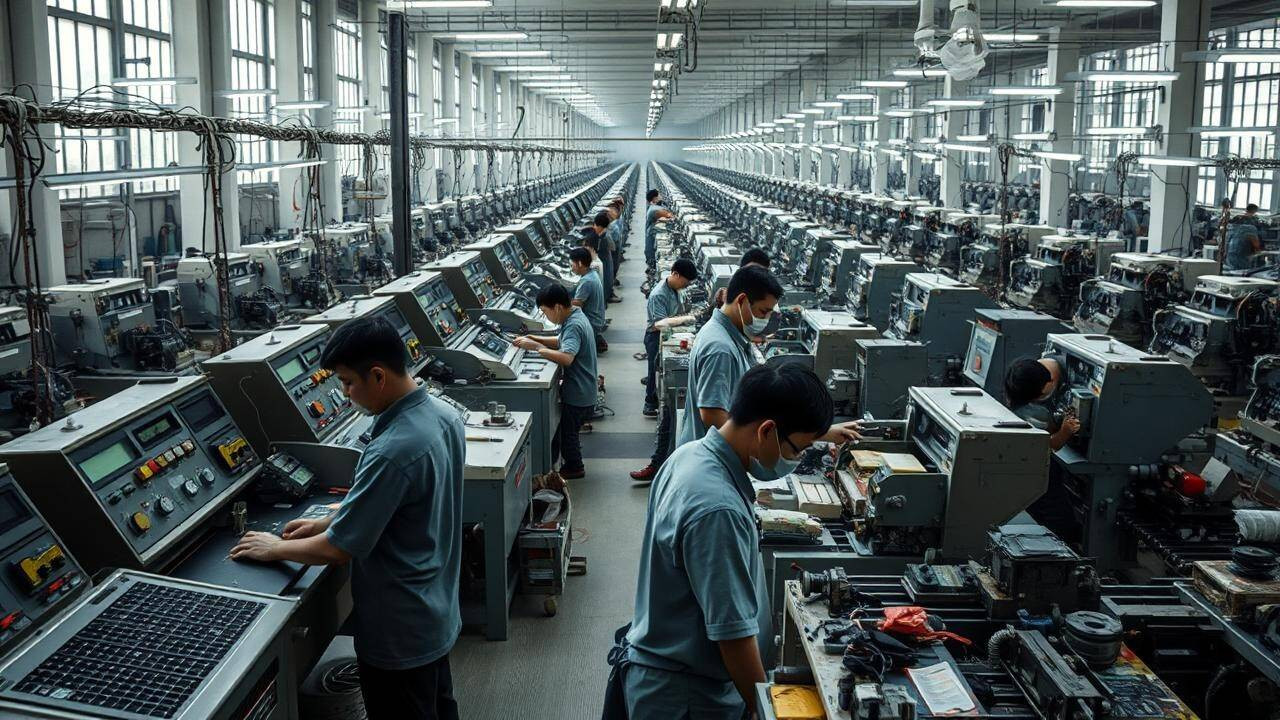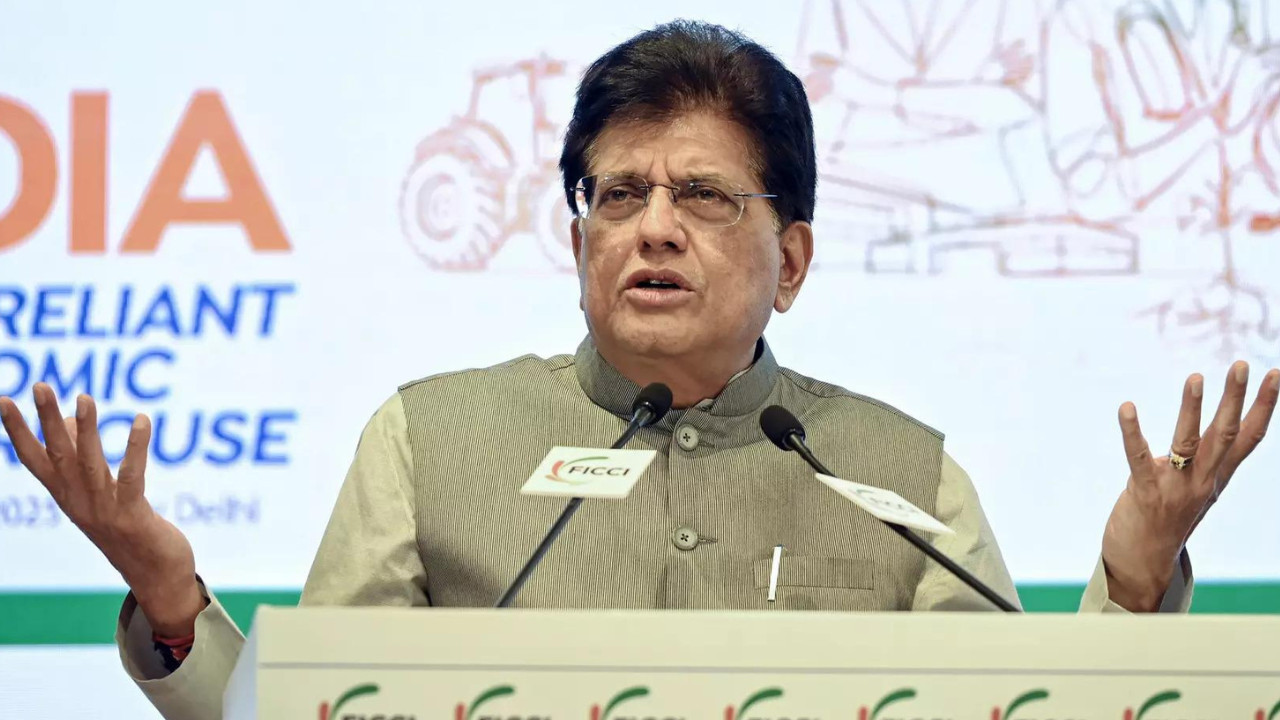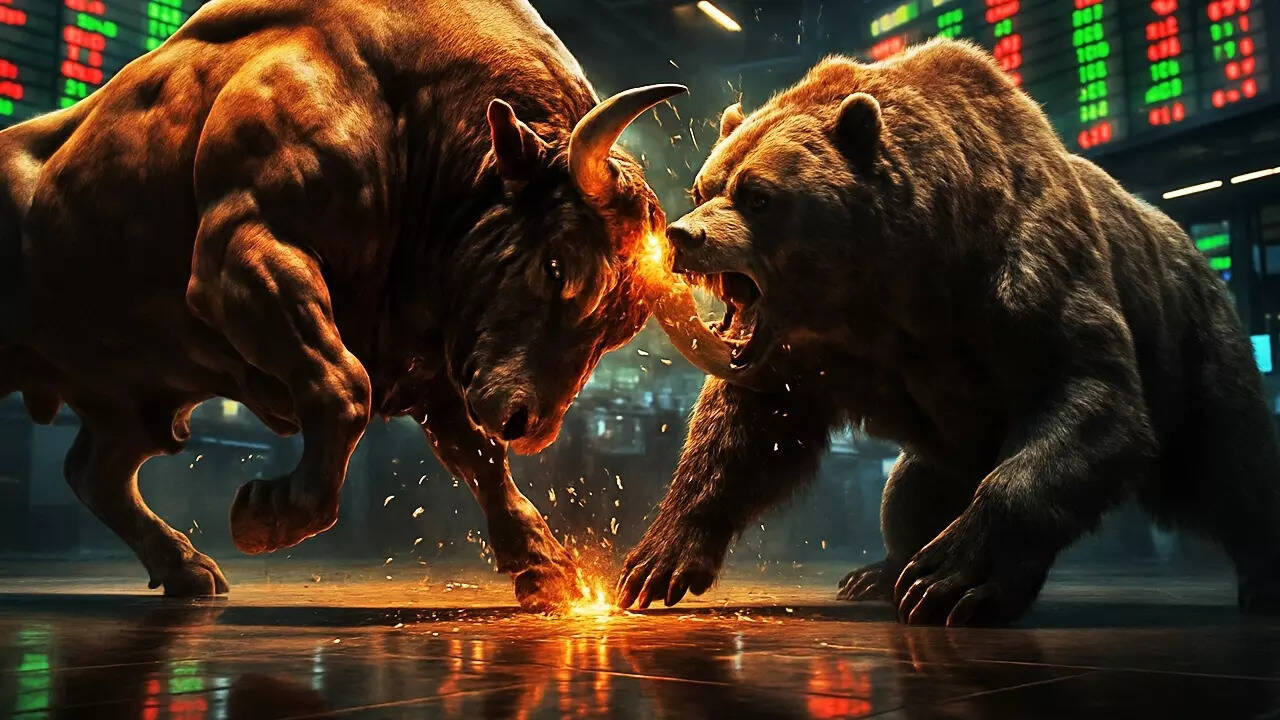China’s economic growth slowed in August, with factory output and retail sales underperforming expectations. Weak consumer spending, a property slump, and extreme weather contributed to the slowdown. The government acknowledged economic challenges and pledged to implement macro policies to stabilize the economy. Property downturn continues to be a major drag.
China’s Economy: A Wobbling Giant or Temporary Setback?
The headlines aren’t whispering; they’re shouting. China’s economic engine, long considered the world’s reliable growth champion, seems to be sputtering. Recent data paints a picture far removed from the roaring expansion we’ve become accustomed to. Factory output is lagging, retail sales are softer than a summer breeze, and the property market… well, the property market is looking decidedly shaky. Are we witnessing a minor stumble, or something more profound?
Let’s unpack this a bit. The latest figures reveal a slowdown that’s caught many analysts off guard. Industrial production, a key indicator of manufacturing activity, hasn’t kept pace with expectations. Think of it like this: the world’s factory isn’t churning out goods as quickly as it used to. This isn’t just about numbers; it translates to fewer jobs, less investment, and a ripple effect that can impact the global economy.
Then there’s retail sales, a barometer of consumer confidence. If people aren’t spending, it signals unease about the future. And right now, Chinese consumers appear to be tightening their purse strings. This could be due to a number of factors, including concerns about job security and the ongoing struggles in the property sector.
Speaking of which, the property market is arguably the biggest weight on China’s economy right now. Years of breakneck development and soaring prices have created a situation that some fear is unsustainable. Major developers are facing financial difficulties, and new home sales are plummeting. Imagine trying to balance on a wobbly stool – that’s China’s economy with its current property woes.

So, what’s driving this apparent China slowdown? A confluence of factors is at play. The government’s strict COVID-19 lockdowns earlier in the year undoubtedly took a toll, disrupting supply chains and dampening consumer sentiment. But even as restrictions have eased, the recovery hasn’t been as robust as many had hoped.
Another key factor is global demand. With economies around the world facing their own challenges – inflation, rising interest rates, and geopolitical uncertainty – demand for Chinese goods has weakened. It’s like trying to sell umbrellas in the middle of a desert – the market just isn’t there.
Furthermore, government policies aimed at curbing excessive borrowing and promoting sustainable growth are also having an impact. While these policies are intended to create a more stable and balanced economy in the long run, they can also lead to short-term pain. Think of it as undergoing a necessary, if somewhat uncomfortable, surgery.
What happens next is anyone’s guess, but the pressure is mounting on Beijing to act. Calls for stimulus measures are growing louder, both from within China and from international observers. The government has already taken some steps, such as cutting interest rates and easing lending restrictions. However, some believe that more aggressive action is needed to jumpstart the economy. The question is, what form will this stimulus take, and will it be enough to turn the tide?
The implications of a prolonged China slowdown extend far beyond China’s borders. As the world’s second-largest economy and a major driver of global growth, any significant downturn in China could have a cascading effect on other countries, particularly those that rely heavily on Chinese trade and investment. The commodities market, for example, could be significantly impacted, as China is a major consumer of raw materials.
Navigating these complex economic waters will require careful planning, strategic decision-making, and a healthy dose of pragmatism. China’s leaders face a significant challenge in balancing short-term growth with long-term sustainability. It’s a high-stakes game with global implications. Thinking long-term, policies to increase productivity and drive internal consumption, similar to investments to support U.S. manufacturing, may be a wise choice.
For more on global market trends, explore our analysis of [international trade dynamics](/international-trade-analysis).
Ultimately, whether this is a temporary blip or a more fundamental shift in China’s economic trajectory remains to be seen. However, one thing is clear: the world is watching closely, and the choices China makes in the coming months will have a profound impact on the global economy for years to come. The need for diversification away from China is becoming more and more apparent as the situation unfolds, and those governments and businesses that heed the warning will be better prepared for future uncertainty.







